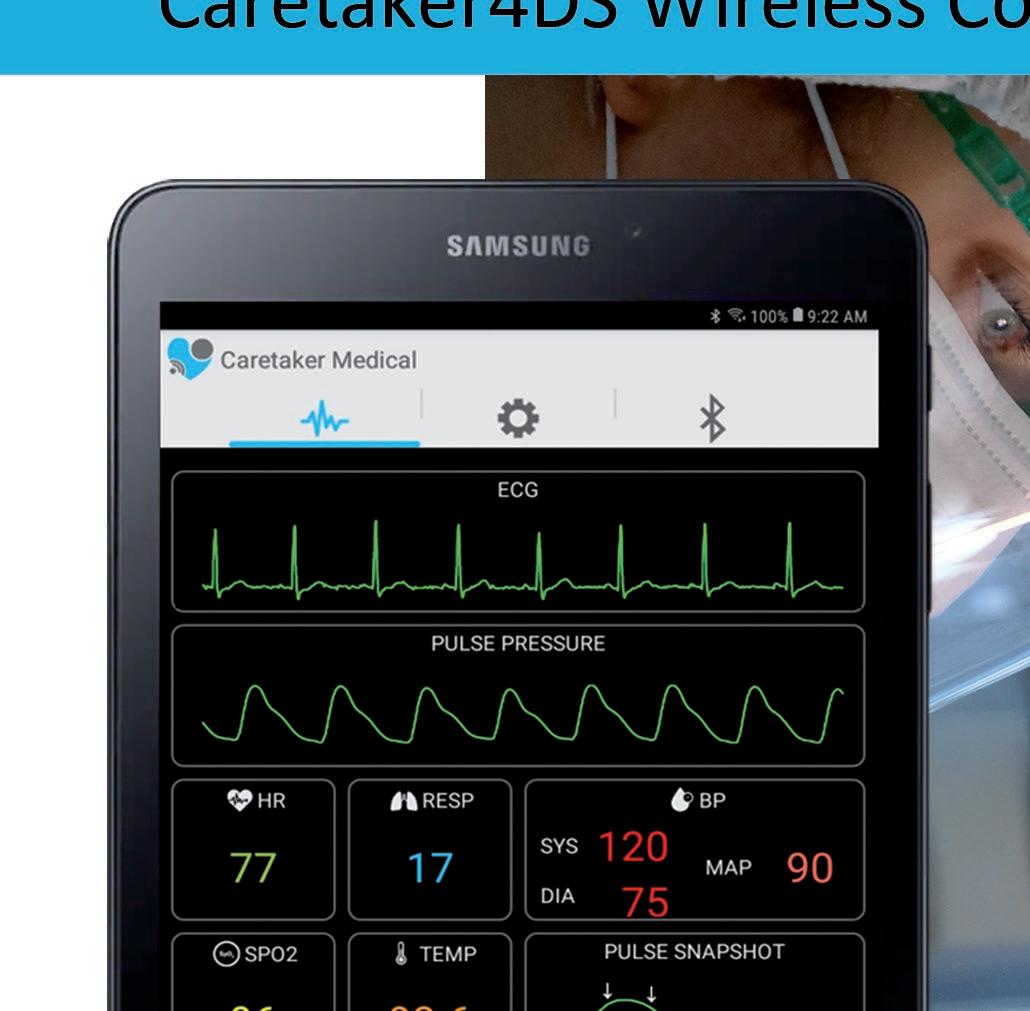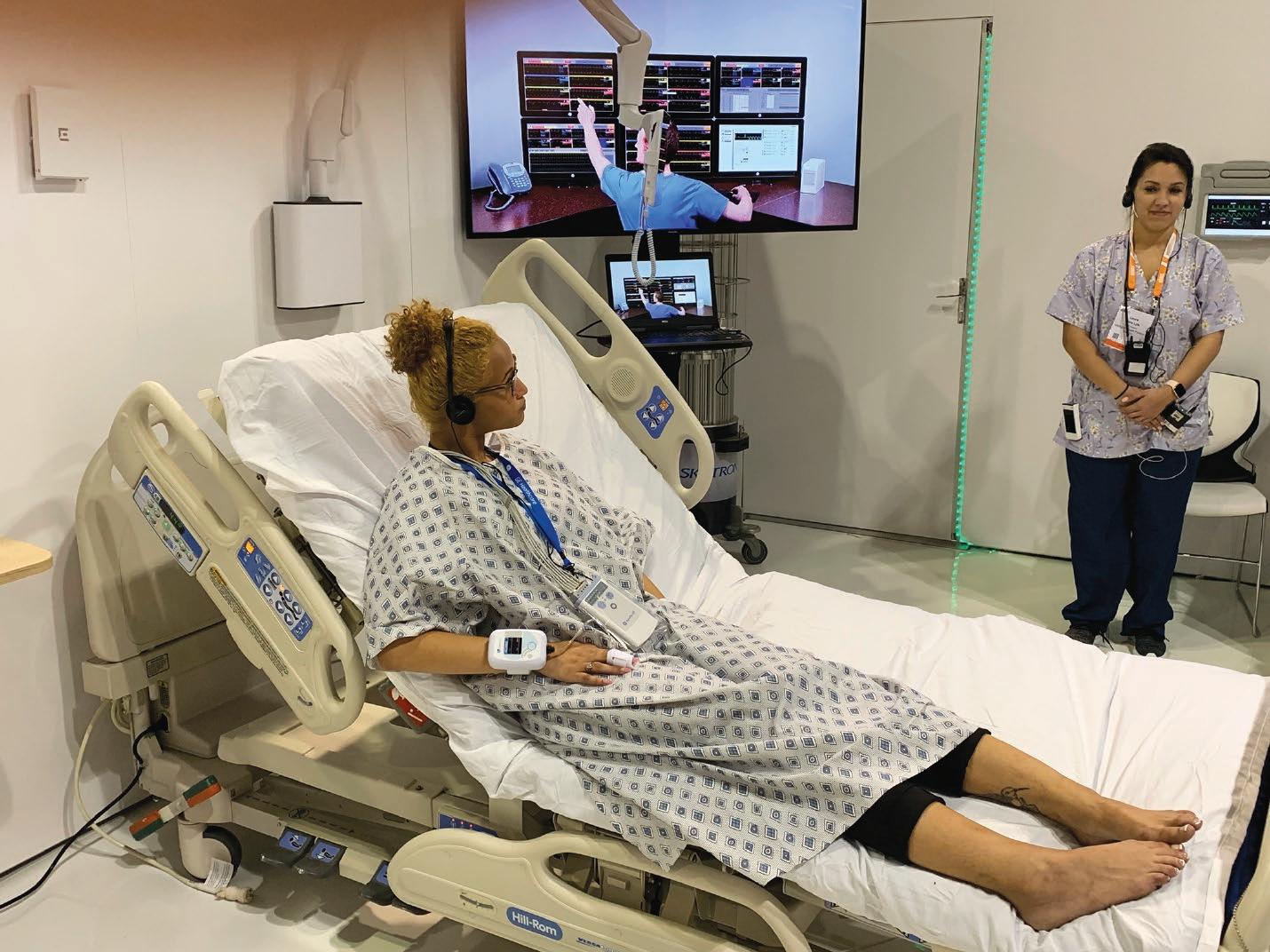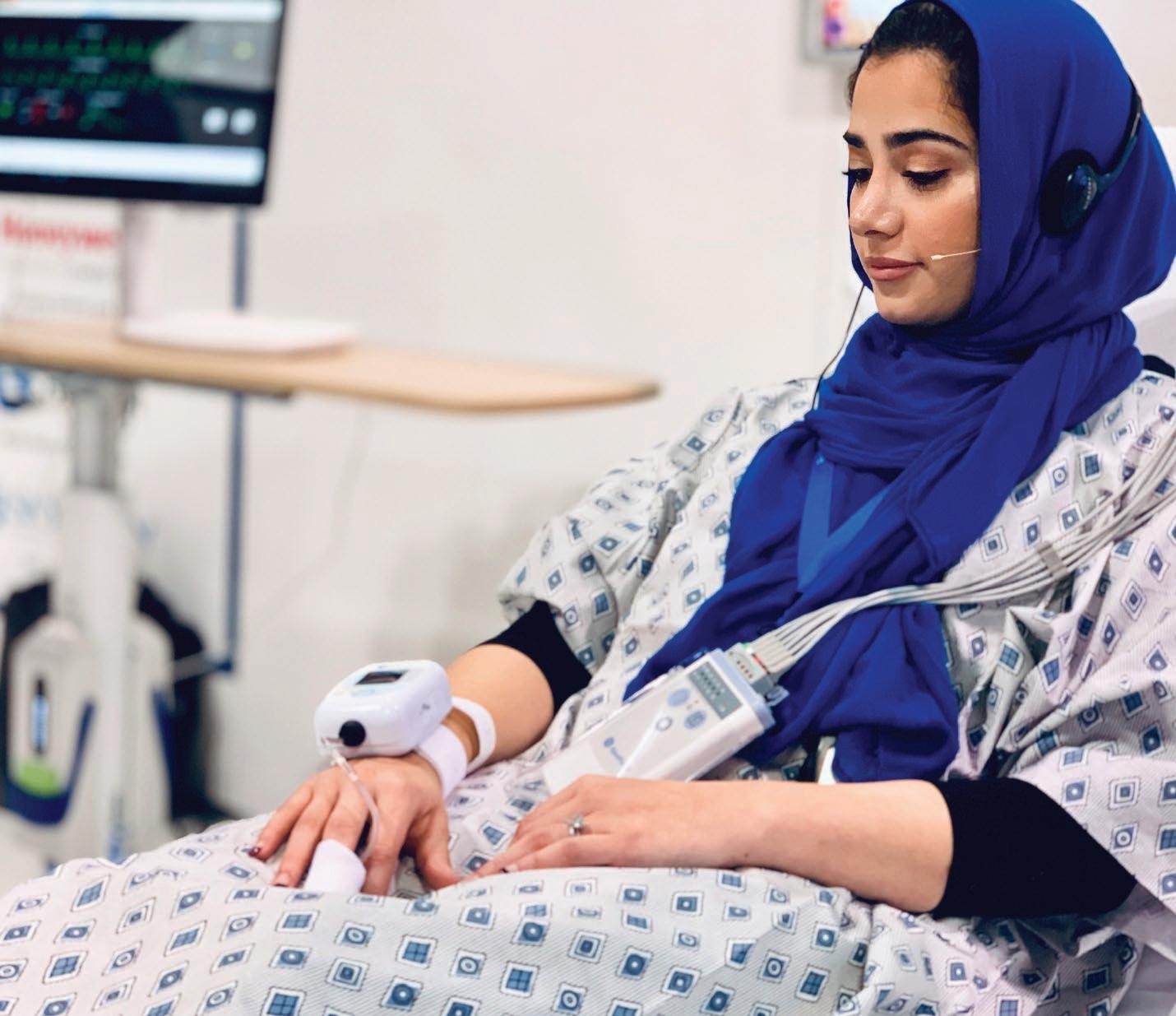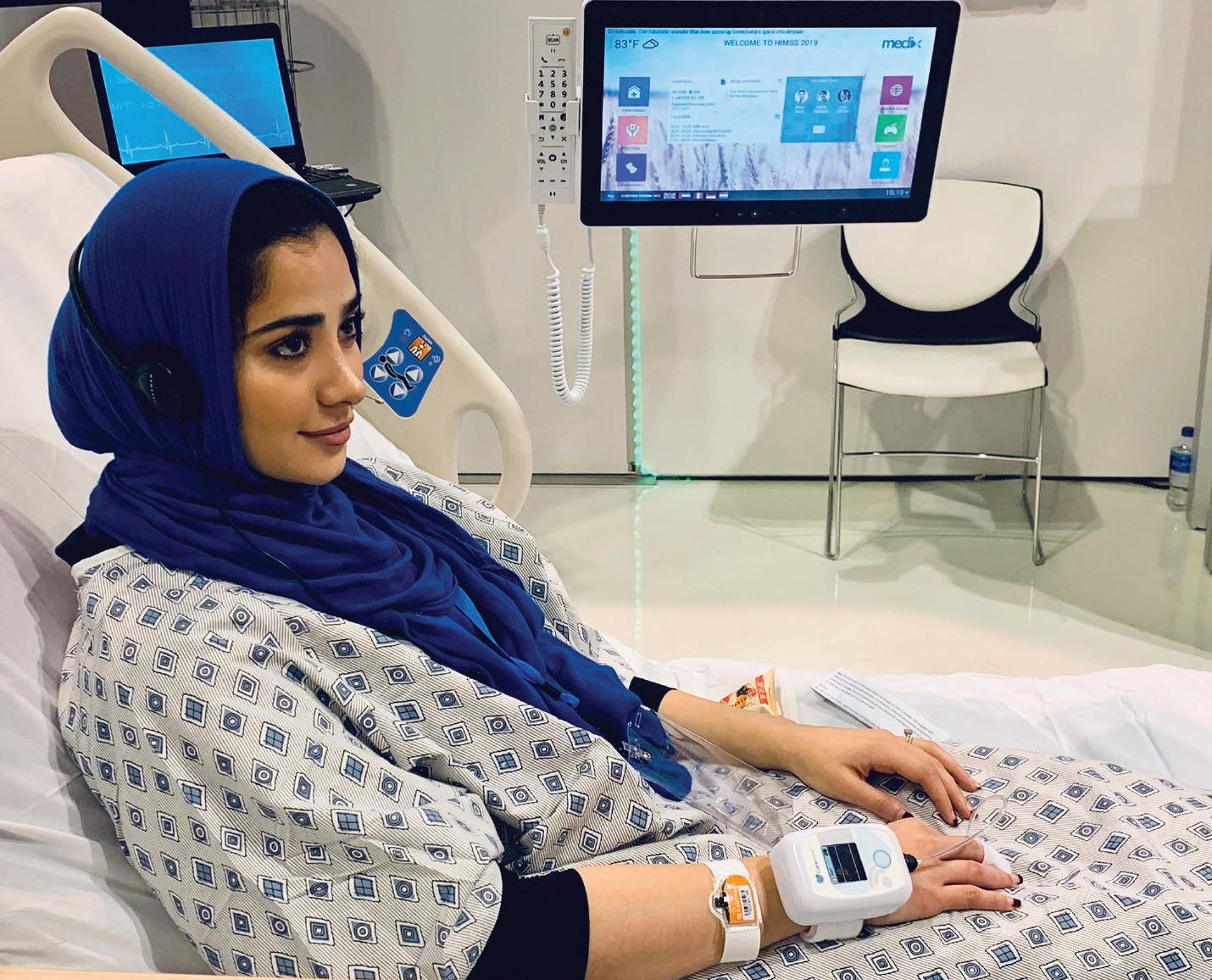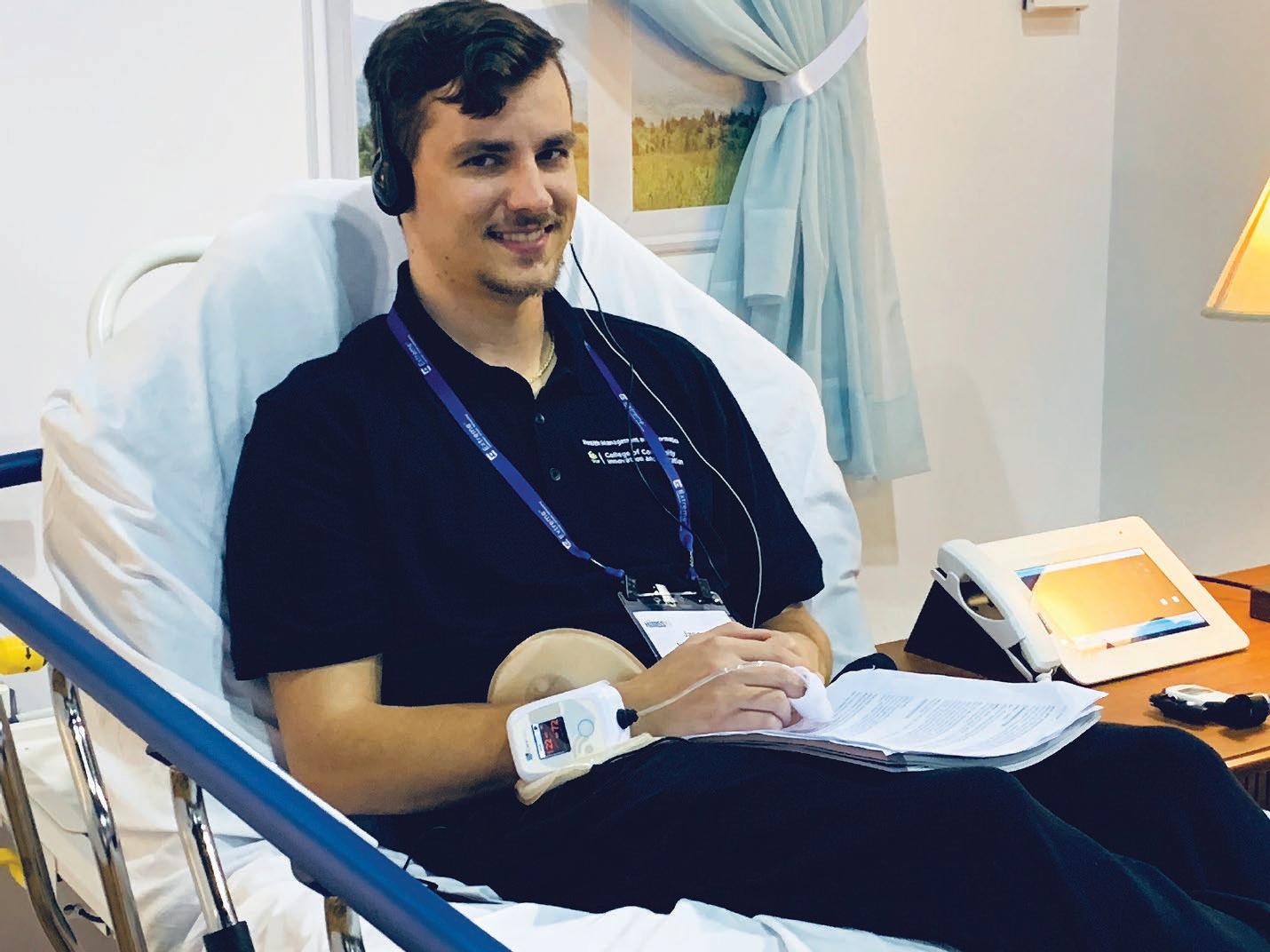SPECIAL REPORT: ADVANCES IN WIRELESS VITAL SIGNS MONITORING
Continuous Information Supports In-Time Actions Camilla Slade, Staff Writer Patients’ conditions don’t stand still just because monitoring isn’t being conducted at a specific time
There are periods between monitoring events, and changes that might take place during these periods could be missed. This is especially the case with blood pressure readings where changes might well offer early warnings about heart conditions which, if acted upon, could avert a more serious situation
T
HERE ARE many reasons, including agerelated and medication related factors10, why vital signs might vary from one person to another or, indeed, for one person at different times. However, as long as that person’s condition and circumstances are understood, then the principle that vital signs offer an objective assessment of a patient’s condition will still hold good. The continuing focus of concern is more to do with the uniformity, or lack thereof, in the way monitoring is carried out and how to avoid missing changes, even temporary changes, that occur between monitoring events.
How Vital Signs Are Monitored “The way vital signs such as blood pressure and temperature are monitored in hospitals needs to be standardized across the NHS, experts say.” Was the opening line for a BBC11 report which continued, “Currently [2012] over 100 different models are used, causing confusion and sometimes delays in patients getting help.” Following the evidence to which the report referred, the 2018/19, Royal College of Emergency Medicine’s audit, ‘Vital Signs in Adults 2018/19’12 has been established to assess progress in standardization and meeting standards. Although each vital sign has, in the past, been measured individually – temperature with a thermometer, blood pressure with a cuff, heart and pulse rate with a stethoscope and timer, lung function with stethoscope and spirometer… and so on – more often today, vital signs measurements are monitored with electronic devices and/or multimodal devices that will maintain continual measurement of these critical conditions.
Pitfalls and Limitations of Complexity The problem with many traditional methods for vital signs monitoring is that they are complex, 8 |WWW.HOSPITALREPORTS.EU
costly and invasive, such as with the arterial catheter used to continuously measure blood pressure, and with any invasive process comes the risk of infection. “Catheters are medical devices that can be inserted in the body... By modifying the material or adjusting the way catheters are manufactured, it is possible to tailor catheters for cardiovascular, urological, gastrointestinal, neurovascular, and ophthalmic applications.” is how an article in Wikipedia13 describes catheters. Also, traditional methods are often intermittent, i.e. there are periods between monitoring events, and changes that might take place during these periods could be missed. This is especially the case with blood pressure readings where changes might well offer early warnings about heart conditions which, if acted upon, could avert a more serious situation such as a stroke or a heart attack. There might be a notion that non-invasive methods for monitoring vital signs are less ‘in touch’ with the patient than traditional methods but comparisons such as the British Journal of Anaesthesia, ‘Comparison of continuous noninvasive finger arterial pressure monitoring with conventional intermittent automated arm arterial pressure measurement in patients under general anaesthesia’14 found the simpler to use method just as effective as traditional methods. The traditional image of a patient in a hospital bed surrounded by pieces of equipment, each of which is attached to or inserted in the patient, is not entirely wrong. It is also expensive in the time required to ‘plumb in’ and dismantle the equipment array, the time it takes to monitor each device and even the space the equipment fills. But, in a critical or intensive care facility, that might all be feasible because monitoring is necessary.
Continuous Versus Intermittent Monitoring Although continuous monitoring of vital signs is routine within most critical and intensive care units, it is less likely outside of that environment

